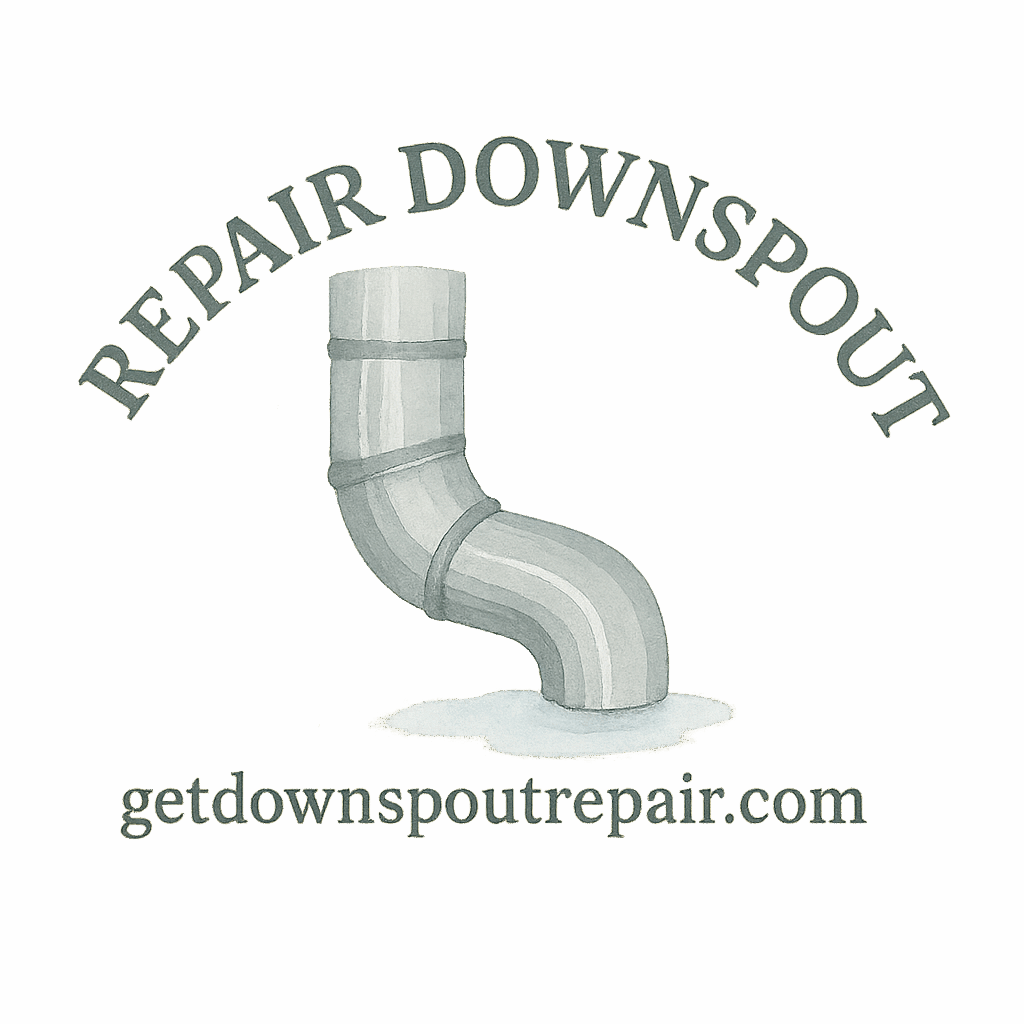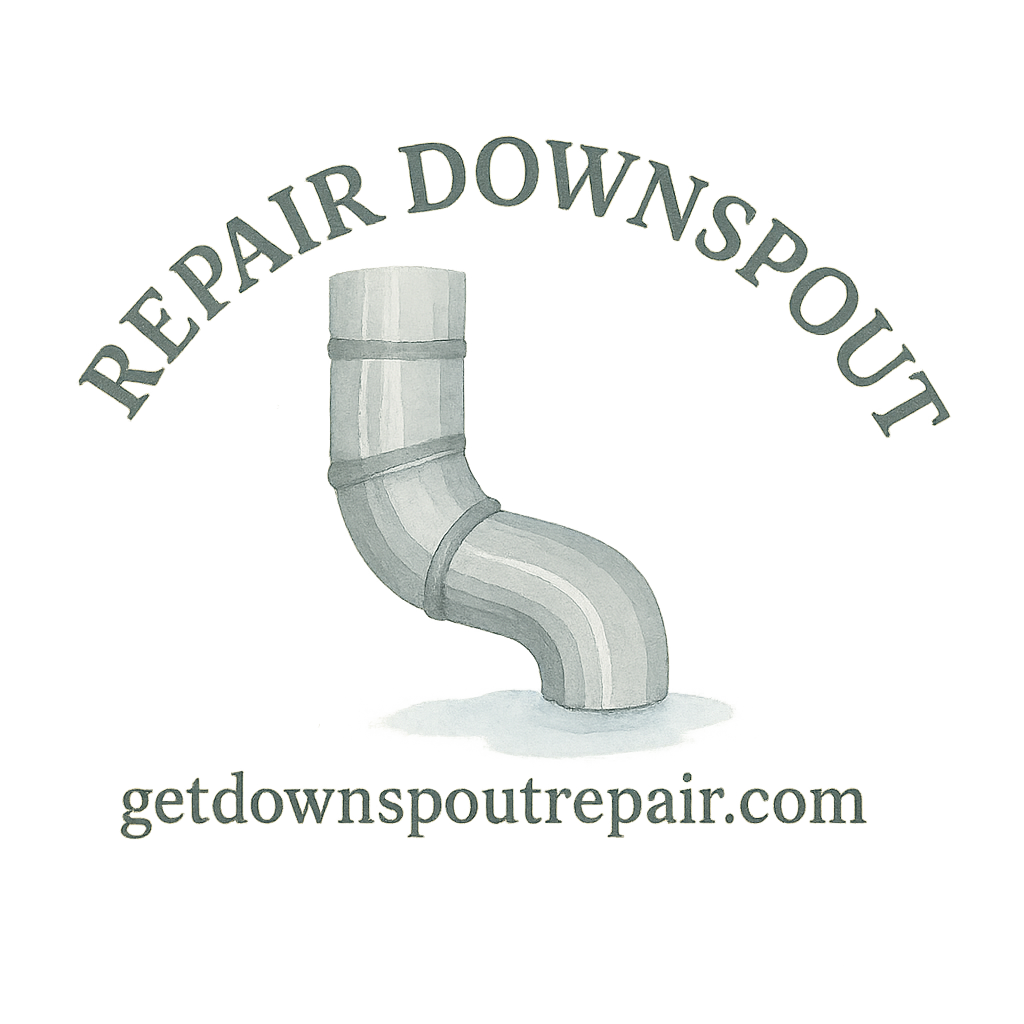Introduction: Why DIY Downspout Repair Matters
Your home’s downspouts play a bigger role than you might think. They don’t just carry rainwater away from your roof—they protect your foundation, siding, and landscaping from water damage. Ignoring them can lead to costly repairs, mold growth, or even basement flooding. That’s where DIY downspout repair comes in. With the right tips, tools, and a little elbow grease, you can keep your system running smoothly all year long.
Understanding the Basics of Downspout Repair
What Is a Downspout and Why Does It Matter?
A downspout is the vertical pipe attached to your gutter system that channels rainwater away from your home. Think of it as your home’s plumbing for rain. Without it, water would pool near your foundation and wreak havoc.
Common Downspout Problems Homeowners Face
- Clogs from leaves, twigs, or nests
- Leaks at the seams or joints
- Loose or disconnected sections
- Rust and corrosion (for metal downspouts)
- Cracks in plastic or vinyl downspouts
These issues might sound small, but left unchecked, they can snowball into structural damage.
Tools and Materials You’ll Need for DIY Repairs
Before diving into repairs, make sure you’re armed with the right gear. Essentials include:
- Ladder
- Screwdriver and drill
- Sealant or caulking gun
- Hacksaw or pipe cutter
- Gutter screws and brackets
- Splash blocks or extensions
👉 Check out this DIY tools guide for more.
9 DIY Downspout Repair Tips for Year-Round Maintenance
Tip 1: Inspect Your Downspout Regularly
The first step in repair is always prevention. A quick visual check once a month can save you headaches later.
Seasonal Checkpoints for Damage
- Spring: Look for winter damage like cracks or loosened sections.
- Summer: Watch for sagging caused by heavy rainstorms.
- Fall: Check for blockages from falling leaves.
- Winter: Look for ice dams or frozen water.
Tip 2: Clean Out Clogs Before They Escalate
Clogged downspouts are like blocked arteries—water won’t flow, and pressure builds up.
Signs of a Downspout Clog
- Water spilling over the gutter edge
- Pooled water near your foundation
- Overflow during light rain
Pro tip: Flush the downspout with a garden hose. If water doesn’t flow freely, you’ve got a clog. Here’s a helpful guide on preventing clogging.
Tip 3: Seal Leaks with Quality Products
Small leaks might not seem like a big deal, but they can cause slow, sneaky water damage.
When to Use Sealant vs. Replacement
- Sealant: For hairline cracks or small holes.
- Replacement: For large sections with rust, cracks, or multiple leaks.
Use quality products to make sure your repairs last.

Tip 4: Reconnect Loose Downspout Sections
Sometimes sections pull apart because of wind, age, or poor installation.
How to Secure Joints and Elbows
- Reattach using gutter screws instead of nails.
- Add brackets for extra stability.
- Seal with caulk at the seams to prevent leaks.
For a step-by-step breakdown, see this repair guide.
Tip 5: Adjust Downspout Extensions for Proper Drainage
Your downspout should extend at least 4–6 feet away from your foundation.
Keeping Water Away from Your Foundation
- Add a flexible extension or splash block.
- Adjust slope so water flows downhill.
- Avoid directing water toward walkways or neighbors.
Explore drainage ideas here: drainage protection tips.
Tip 6: Repair Rust and Corrosion Early
Metal downspouts are durable but not invincible. Rust can eat away and cause leaks.
Extending the Life of Metal Downspouts
- Sand off rust spots.
- Apply a rust-resistant primer and paint.
- Replace heavily corroded sections.
This beginner repair guide is a great place to start.
Tip 7: Replace Damaged Sections Promptly
Sometimes, the only fix is replacement.
Cost vs. DIY Replacement
DIY replacement can be affordable if you’re handy. Learn more about costs and materials.
Tip 8: Add Splash Blocks or Drainage Solutions
A downspout that just dumps water near your house is asking for trouble.
Preventing Water Damage Around Your Home
- Install a splash block under the spout.
- Consider underground drainage pipes.
- Add gravel beds to absorb excess water.
Want more strategies? Visit repair basics.
Tip 9: Winterize Your Downspouts for Cold Weather
Ice and snow are tough on gutters and downspouts.
Protecting Against Ice and Snow Damage
- Clear leaves before winter to prevent ice blockages.
- Install heating cables if you live in freezing climates.
- Make sure extensions are flexible to handle shifting snow.
Preventive Maintenance for Long-Term Protection
How to Avoid Costly Water Damage
Consistent maintenance saves thousands in future repairs. Even small fixes prevent water damage risks.
The Role of Gutter Cleaning in Downspout Health
Clean gutters = fewer clogs. Learn more about gutter cleaning tips.
DIY vs. Professional Downspout Repair
When to Call a Licensed Contractor
Not every repair should be DIY. Call a licensed contractor if:
- You see structural foundation cracks
- The downspout system is severely corroded
- You’re uncomfortable working on ladders
The Benefits of Professional Expertise
Pros bring experience, premium tools, and long-lasting solutions. Learn more about professional help.
Budget-Friendly Tips for Homeowners
Affordable DIY Tools That Get the Job Done
Basic repairs don’t require expensive equipment. Stick to essentials listed in our budget tips.
Knowing When to Spend on Premium Tools
Some jobs require durability. Explore premium tools that can save money in the long run.
Conclusion: Keep Your Downspouts Working Year-Round
DIY downspout repair doesn’t have to be intimidating. With a little effort, you can handle most issues before they spiral into expensive disasters. Whether it’s sealing a leak, adjusting an extension, or replacing a section, these tips give you the power to protect your home all year long.
For more guidance, visit the ultimate downspout repair resource.
FAQs
1. How often should I check my downspouts?
At least once a season, or after heavy storms.
2. What’s the most common cause of downspout damage?
Clogs from leaves and debris are the biggest culprits.
3. Can I repair a rusty downspout, or should I replace it?
Light rust can be sanded and painted. Severe rust requires replacement.
4. How far should my downspout extensions go?
At least 4–6 feet away from your foundation.
5. Is DIY downspout repair safe?
Yes, as long as you use proper tools and ladder safety.
6. Should I hire a pro for small leaks?
Not always. Small leaks can often be sealed with caulk or tape.
7. How can I prevent downspout clogs year-round?
Regular cleaning and installing gutter guards help prevent blockages.


